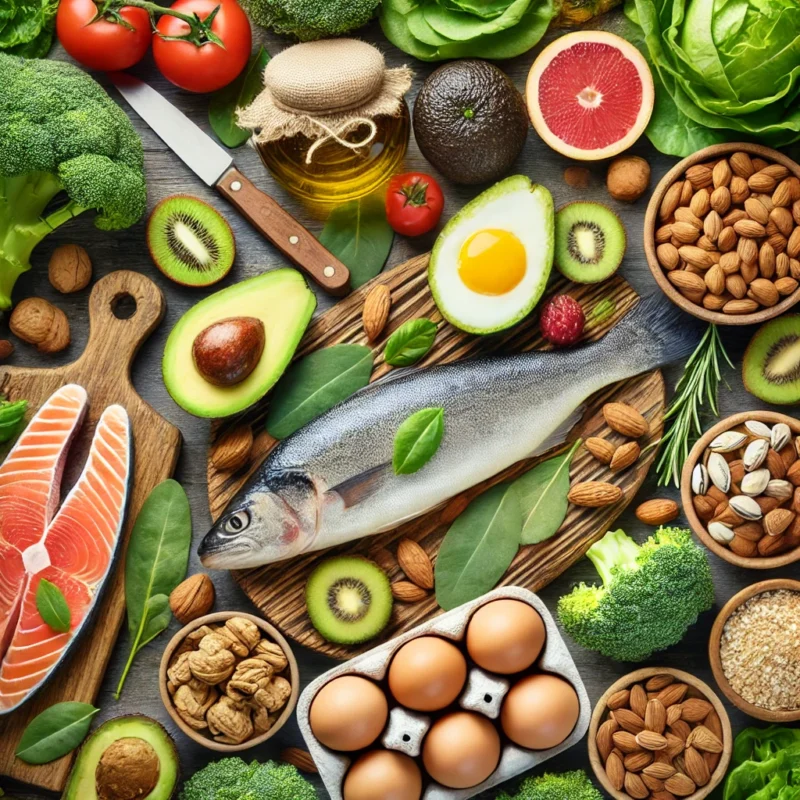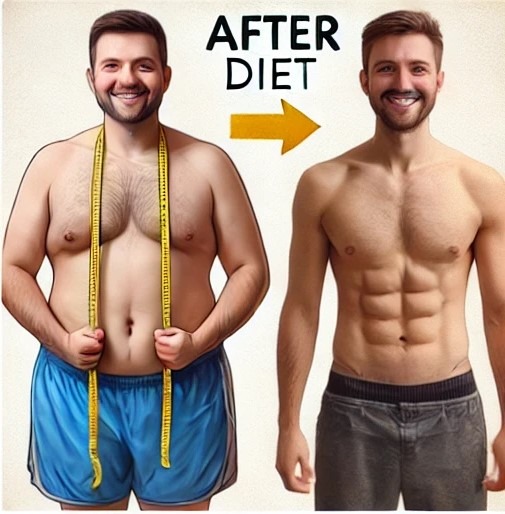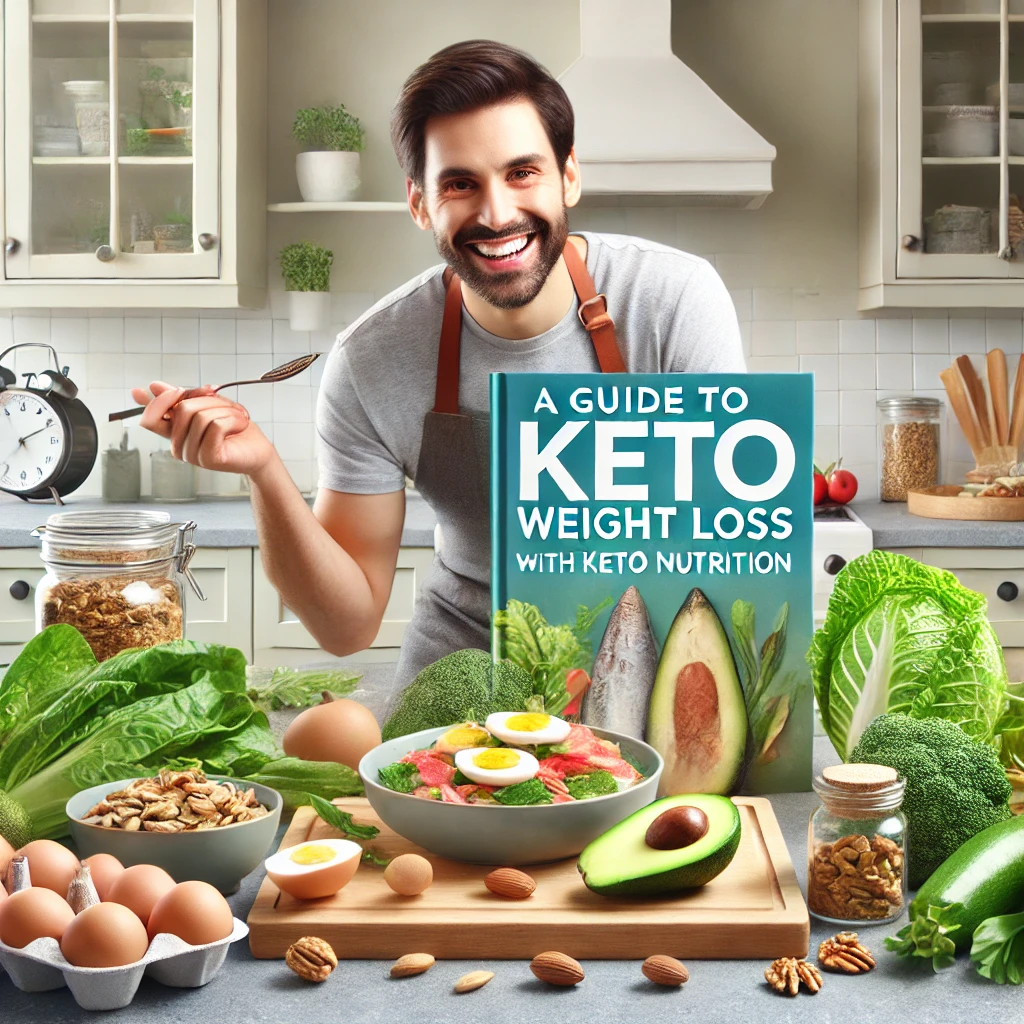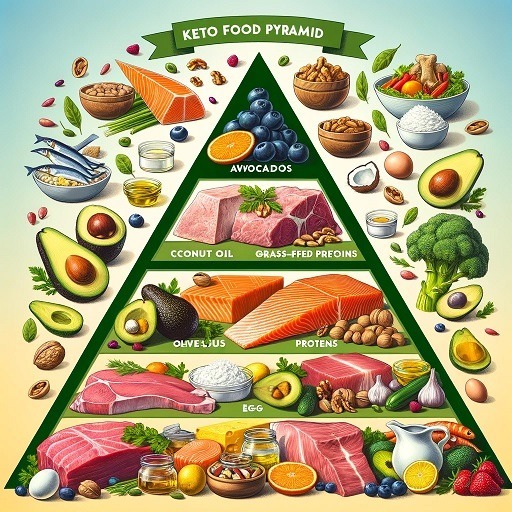The Ultimate Beginner’s Guide to Weight Loss with Keto
Can Keto Nutrition Help You Shed Pounds Fast?
Are you tired of trying countless diets without seeing results? If so, you might be wondering if a keto nutrition guide is the key to finally achieving your weight loss goals. The ketogenic diet, or keto for short, has become increasingly popular for its potential to help people lose weight quickly and efficiently by switching the body’s main energy source from carbs to fats. But what exactly is keto nutrition, and how does it work to burn fat?
In this Ketogenic diet guide, I’ll walk you through everything you need to know to get started on your keto journey. From understanding the basics of ketosis to learning practical tips for maintaining the diet, you’ll find all the information you need to succeed. Plus, I’ll share real-life success stories and a sample meal plan to help you stay on track. So, let’s dive in and discover how the keto diet can help you achieve your weight loss goals.
Key Takeaways:
- The ketogenic diet focuses on high-fat, low-carb eating.
- Achieving ketosis is essential for burning fat efficiently.
- Keto can lead to significant weight loss when done correctly.
Boost Your Keto Journey with JavaCoffeeBurns! Start your day with JavaCoffeeBurns, the perfect coffee blend designed to help you stay in ketosis and accelerate fat burning.
What is Keto Nutrition?
Keto nutrition is a dietary approach that emphasizes high fat, moderate protein, and very low carbohydrates. This unique balance helps your body enter a state known as ketosis. Normally, your body relies on carbohydrates for energy. However, by drastically reducing your carb intake and replacing it with fat, your metabolism shifts, and your body starts to burn fat for fuel. This shift not only helps with weight loss but also provides a steady energy supply, reducing the blood sugar spikes and crashes often experienced with high-carb diets. Keto-friendly foods include avocados, nuts, seeds, fatty fish, and oils like olive and coconut oil. By focusing on these foods, you can help ensure your body stays in ketosis. Overall, keto nutrition can be an effective way to lose weight and improve your overall health, as long as you adhere to the dietary guidelines and listen to your body’s needs.

How Does Ketosis Work?
Ketosis is a natural metabolic state where your body switches from using carbohydrates as its primary energy source to burning fat for fuel. When you significantly reduce your carbohydrate intake, your liver starts breaking down fats into molecules called ketones, which become the main energy source for your body and brain. This process typically begins after a few days of consuming fewer than 50 grams of carbs per day. Ketosis not only helps you burn stored body fat but also reduces hunger and increases feelings of fullness, making it easier to stick to your diet. Additionally, ketones provide a more stable and long-lasting energy supply compared to glucose, which can help improve mental clarity and endurance. Understanding ketosis is essential for anyone starting a ketogenic diet, as it’s the cornerstone of how this dietary approach helps achieve significant weight loss and other health benefits.
Benefits of Keto for Weight Loss
The ketogenic diet is renowned for its effectiveness in promoting weight loss. One of the main reasons people turn to keto is because it helps the body burn fat more efficiently. When you’re in ketosis, your body uses stored fat as its primary energy source, leading to rapid fat loss. Additionally, high-fat meals are more satisfying, which helps reduce overall calorie intake without the constant hunger pangs typical of other diets. Keto also helps stabilize blood sugar levels, reducing insulin spikes and crashes that can trigger cravings. Moreover, the diet’s focus on whole, unprocessed foods encourages healthier eating habits. Many people report feeling more energetic and focused, which can make it easier to stay active and burn even more calories. By understanding and harnessing the benefits of ketosis, you can achieve significant weight loss and improve your overall health on the keto diet.

Tips for Getting Started with Keto
Starting a keto diet can seem overwhelming, but with the right tips, you can make the transition smoother. First, calculate your macros to know your ideal intake of fats, proteins, and carbs. This step ensures you’re eating the right balance of nutrients to enter and maintain ketosis. Next, stock your kitchen with keto-friendly foods such as avocados, eggs, fatty fish, nuts, seeds, and oils like olive and coconut. Planning your meals in advance can also help you stay on track. Staying hydrated is crucial, as water helps your body adjust to ketosis and prevents the keto flu, which can cause symptoms like headache and fatigue. Lastly, listen to your body and adjust your diet as needed. If you experience persistent discomfort, consult a healthcare professional to ensure you’re following the diet safely and effectively.
Healthy Eating on Keto
Eating healthy on keto involves focusing on nutrient-dense, low-carb foods that provide essential vitamins and minerals. Start by incorporating plenty of leafy greens like spinach, kale, and Swiss chard into your meals, as they are low in carbs and high in nutrients. Healthy fats should be a staple, so include avocados, nuts, seeds, and oils like olive and coconut. Protein sources should be moderate, with options like fatty fish, grass-fed meat, and eggs. Avoid processed foods and opt for whole, natural ingredients to maximize your nutrient intake. It’s also important to diversify your diet to ensure you’re getting a broad spectrum of nutrients. For snacks, choose items like cheese, nuts, and keto-friendly vegetables. By prioritizing healthy, whole foods, you can maintain a balanced keto diet that supports both weight loss and overall well-being.
Common Mistakes to Avoid
Starting a keto diet can be a transformative experience, but it’s important to avoid common pitfalls to ensure success. One major mistake is not eating enough fat. Fat should be your main energy source, so don’t be afraid to include plenty of healthy fats in your meals. Another common error is overeating protein. While protein is essential, consuming too much can convert to glucose in the body, kicking you out of ketosis. Additionally, ignoring electrolytes can lead to imbalances that cause fatigue, muscle cramps, and other symptoms. Make sure to get enough sodium, potassium, and magnesium by incorporating foods like leafy greens, nuts, and avocados, or consider supplementation. Lastly, avoid hidden carbs in processed foods and condiments, which can add up quickly and prevent you from reaching ketosis. By being mindful of these common mistakes, you can stay on track and achieve your weight loss goals.
Sample Keto Meal Plan
Planning your meals is key to sticking with a keto diet. Here’s a sample meal plan to help you get started. For breakfast, enjoy scrambled eggs cooked in butter with spinach and avocado on the side. This meal is high in healthy fats and low in carbs, perfect for keeping you full throughout the morning. For lunch, opt for a grilled chicken salad with leafy greens, cucumber, and olive oil dressing. This provides a balanced mix of protein, fats, and vegetables. Dinner can be a serving of baked salmon with broccoli sautéed in olive oil, offering a nutrient-dense end to your day. For a snack, choose almonds or cheese, both of which are keto-friendly and satisfying. This meal plan emphasizes whole foods and balanced macronutrients, making it easier to maintain ketosis and support your weight loss journey.
Sample Keto Meal Plan
| Meal | Foods Included |
|---|---|
| Breakfast | Scrambled eggs with spinach and avocado |
| Lunch | Grilled chicken salad with olive oil dressing |
| Dinner | Baked salmon with broccoli and butter |
| Snack | Almonds and cheese |
Success Stories
Many people have found remarkable success with the keto diet, transforming their health and achieving their weight loss goals. Take Sarah, for instance. “I lost 30 pounds in three months,” she says. “Not only did I shed the weight, but I also gained more energy and mental clarity than ever before.” Success stories like Sarah’s are common among keto dieters. Another example is John, who struggled with obesity for years. After adopting a ketogenic lifestyle, he lost 50 pounds in six months and significantly improved his blood sugar levels. These stories highlight the power of ketosis to transform lives. By sticking to the diet’s principles, you too can see impressive results. Remember, everyone’s journey is unique, so what works for one person might need adjustments for another. The key is consistency and finding the right balance that works for your body and lifestyle.
| Dos and Don’ts on Keto |
|---|
| Do eat healthy fats |
| Do stay hydrated |
| Don’t overeat protein |
| Don’t neglect veggies |
Conclusion
Embarking on a keto diet can be a transformative journey towards achieving your weight loss goals and improving your overall health. By focusing on high-fat, low-carb foods, you enable your body to enter ketosis, a state where it efficiently burns fat for fuel. This diet not only promotes weight loss but also helps stabilize blood sugar levels, reduces cravings, and enhances mental clarity.
As with any lifestyle change, the key to success lies in proper planning and consistency. By calculating your macros, stocking up on keto-friendly foods, and avoiding common pitfalls, you can set yourself up for success. Real-life success stories demonstrate that the keto diet can lead to significant weight loss and improved health outcomes.
Enhance your keto journey with JavaCoffeeBurns! Start your day with a coffee that supports your keto goals and boosts your energy.
Remember, it’s important to listen to your body and consult with healthcare professionals to ensure the diet is suitable for your individual needs. With dedication and the right approach, you can achieve the results you desire and enjoy a healthier, more energetic life.
FAQs
Q: Can I eat fruits on keto?
A: Most fruits are high in carbohydrates, which can disrupt ketosis. However, berries like strawberries, raspberries, and blackberries can be enjoyed in moderation due to their lower carb content.
Q: How long does it take to enter ketosis?
A: It typically takes 2-4 days of consuming fewer than 50 grams of carbs per day to enter ketosis, although this can vary based on individual metabolism and activity levels.
Q: Is keto safe for everyone?
A: While many people benefit from the ketogenic diet, it’s important to consult a healthcare professional before starting, especially if you have underlying health conditions like diabetes, heart disease, or kidney issues.
Q: What are common side effects of starting keto?
A: Some people experience the “keto flu” during the first week, with symptoms like headache, fatigue, and irritability. Staying hydrated and ensuring adequate electrolyte intake can help alleviate these symptoms.
By addressing these common questions, you can better prepare yourself for the keto journey and make informed decisions about your health and diet.
Citations
- Healthline: The Ketogenic Diet: A Detailed Beginner’s Guide to Keto
- Harvard Health Publishing: Ketogenic diet: Is the ultimate low-carb diet good for you?







